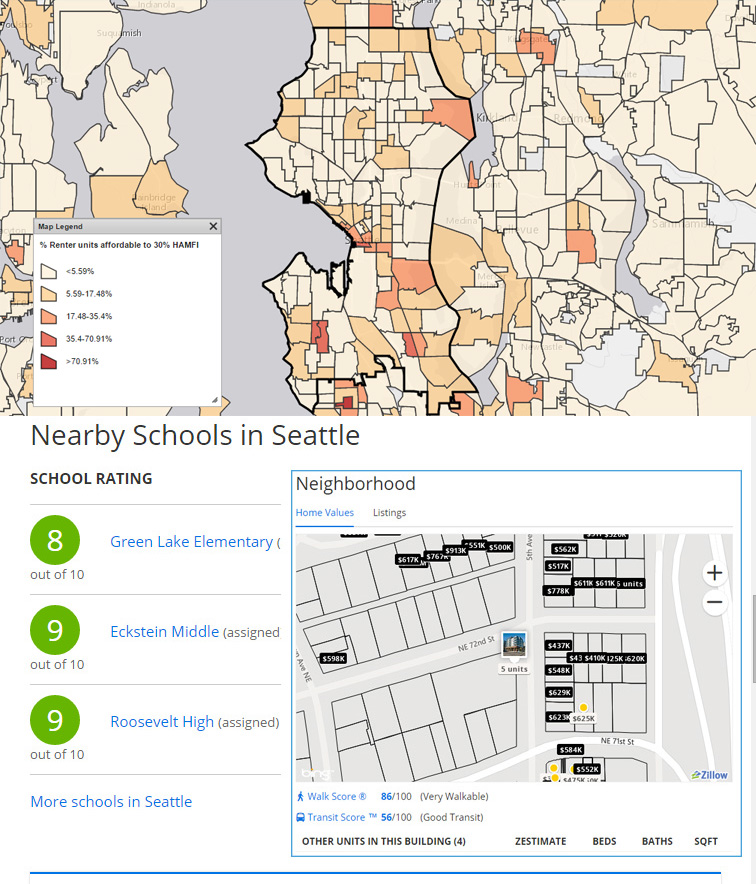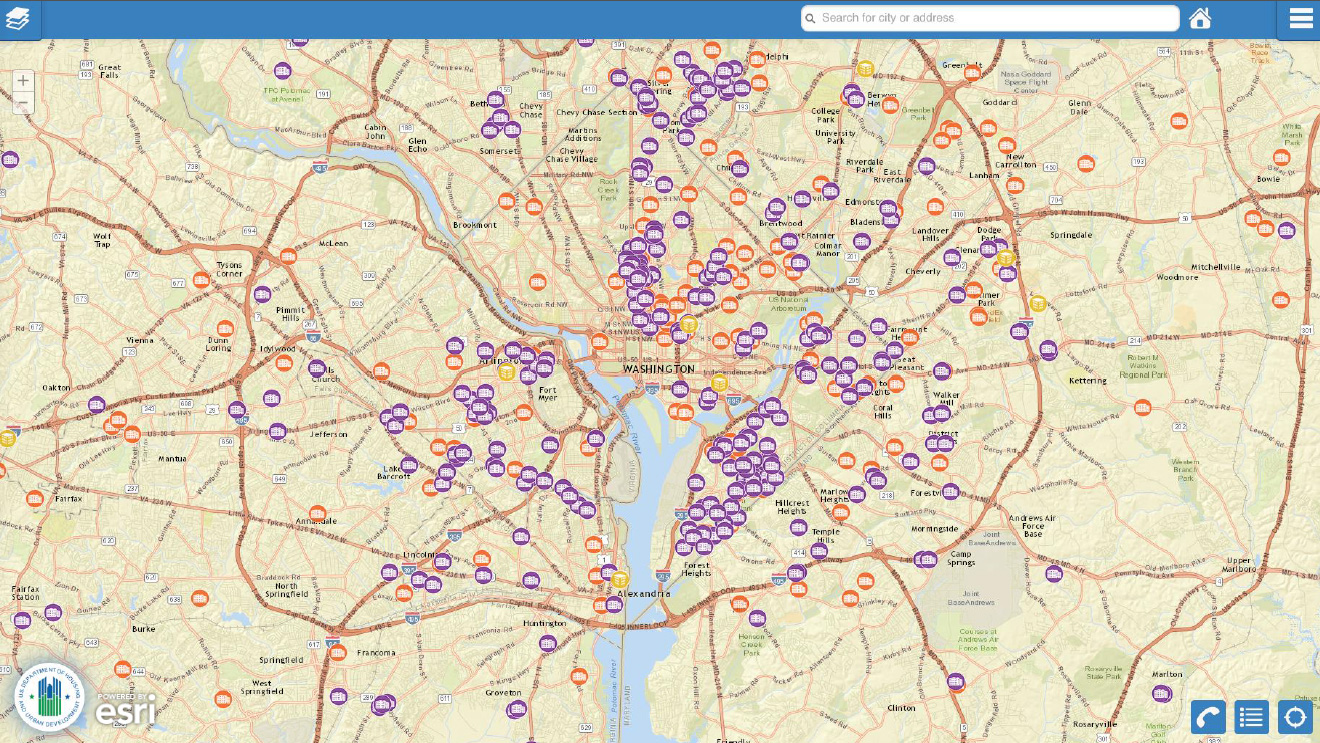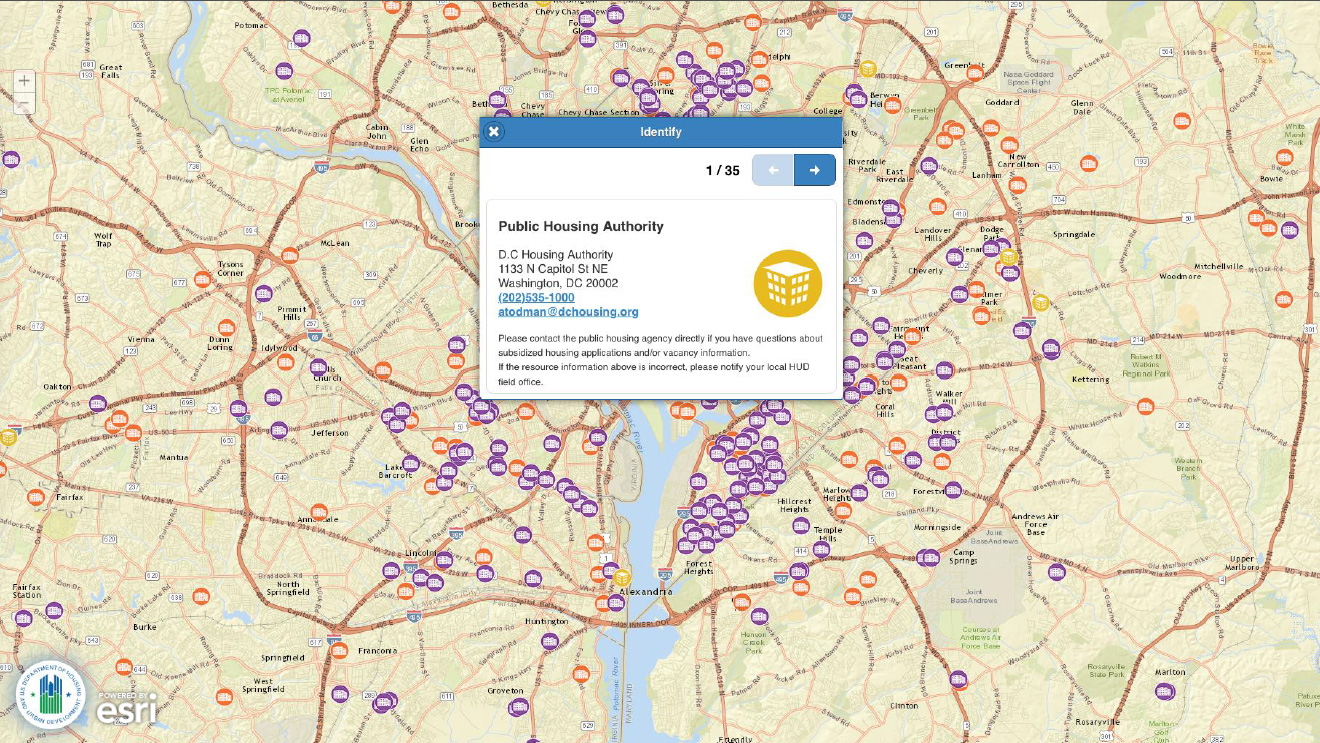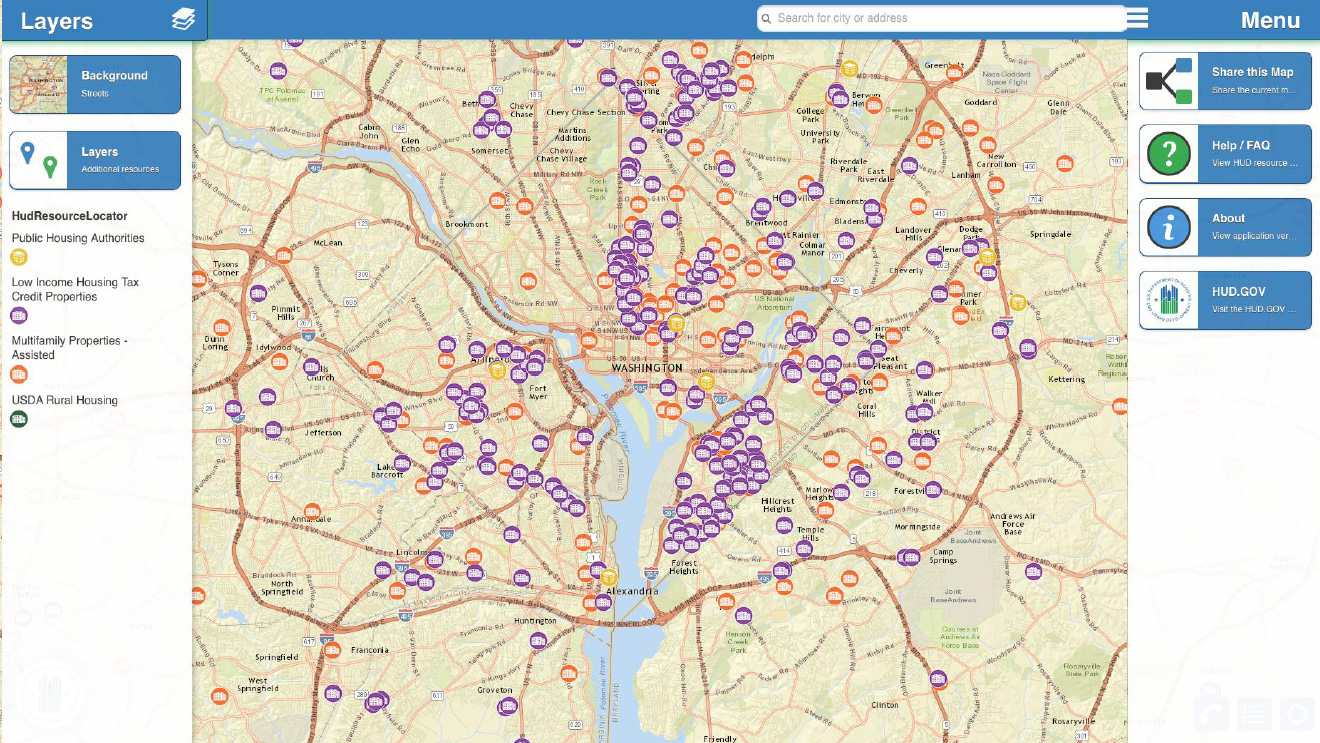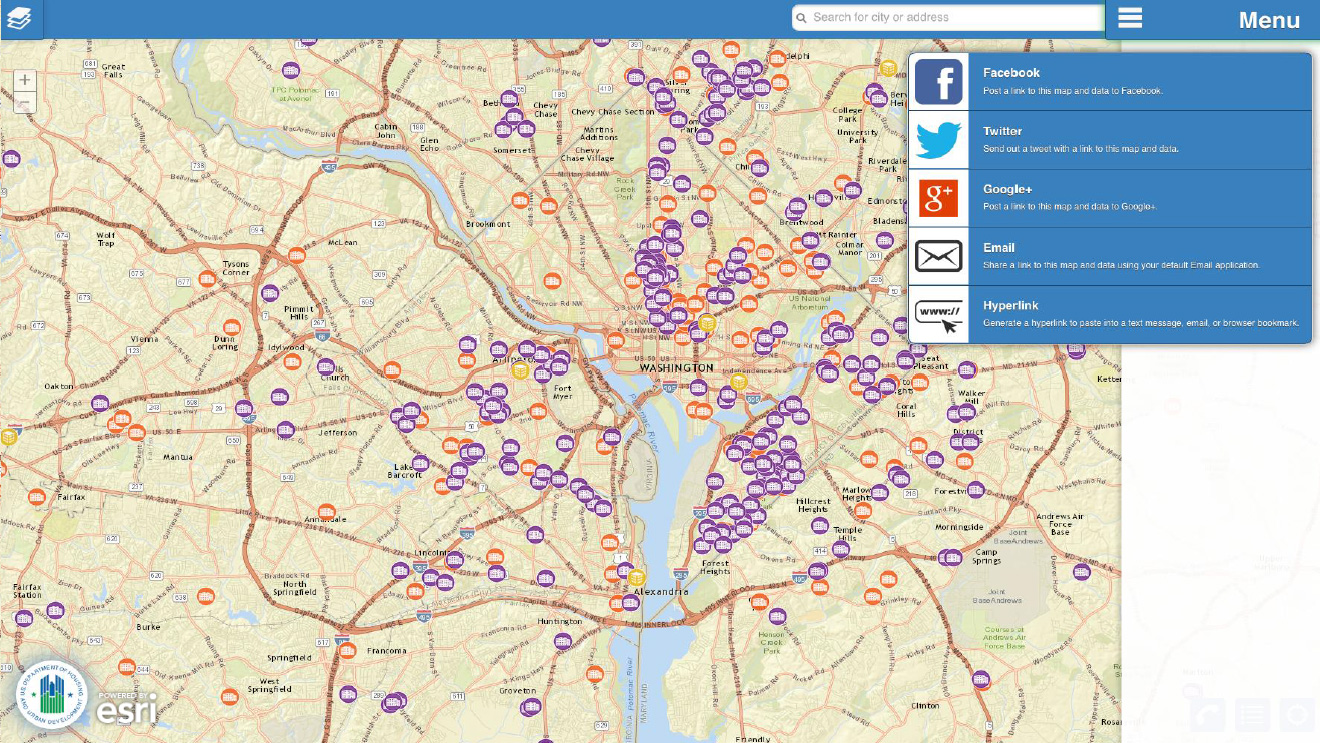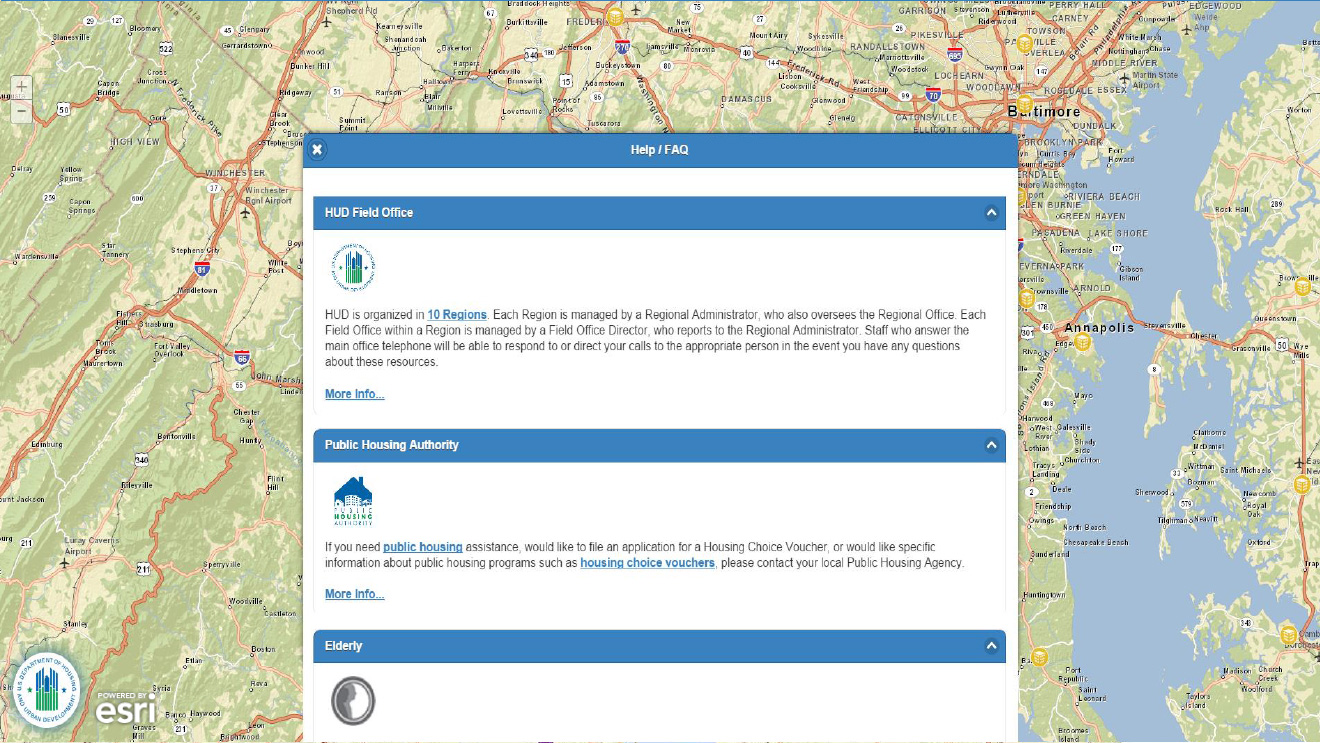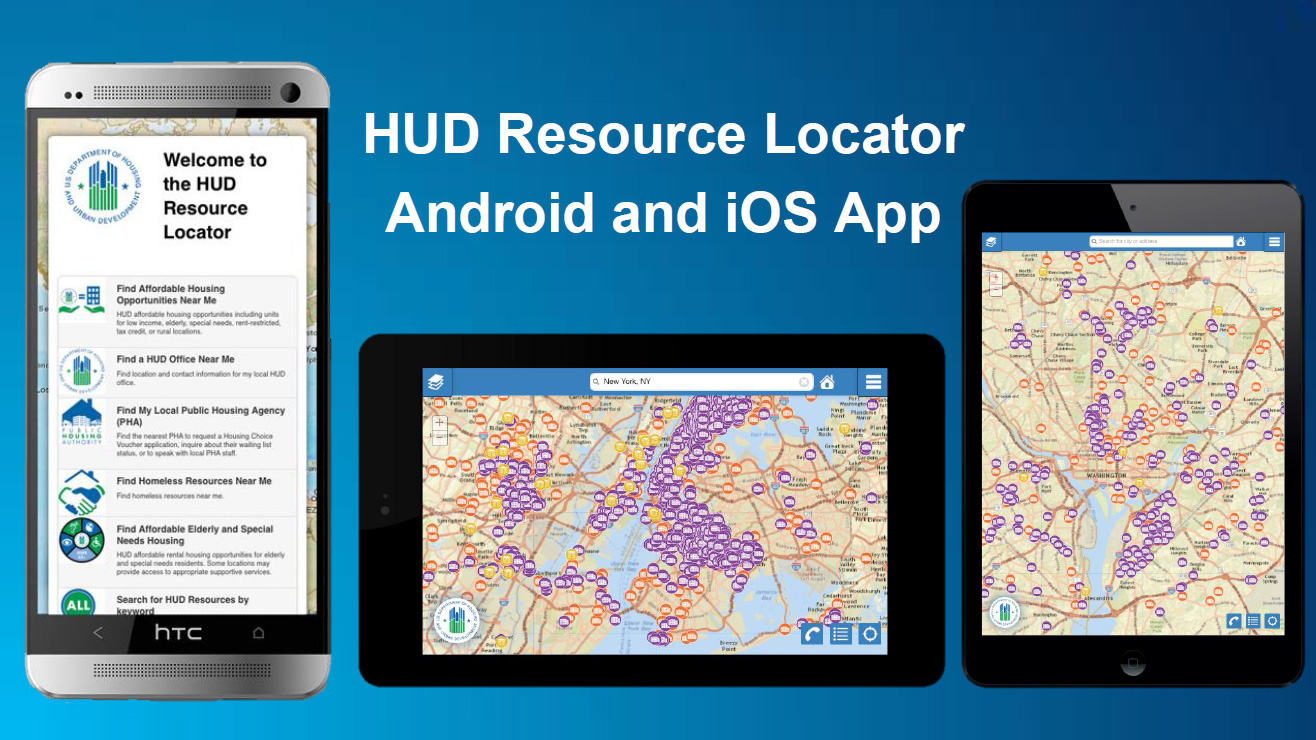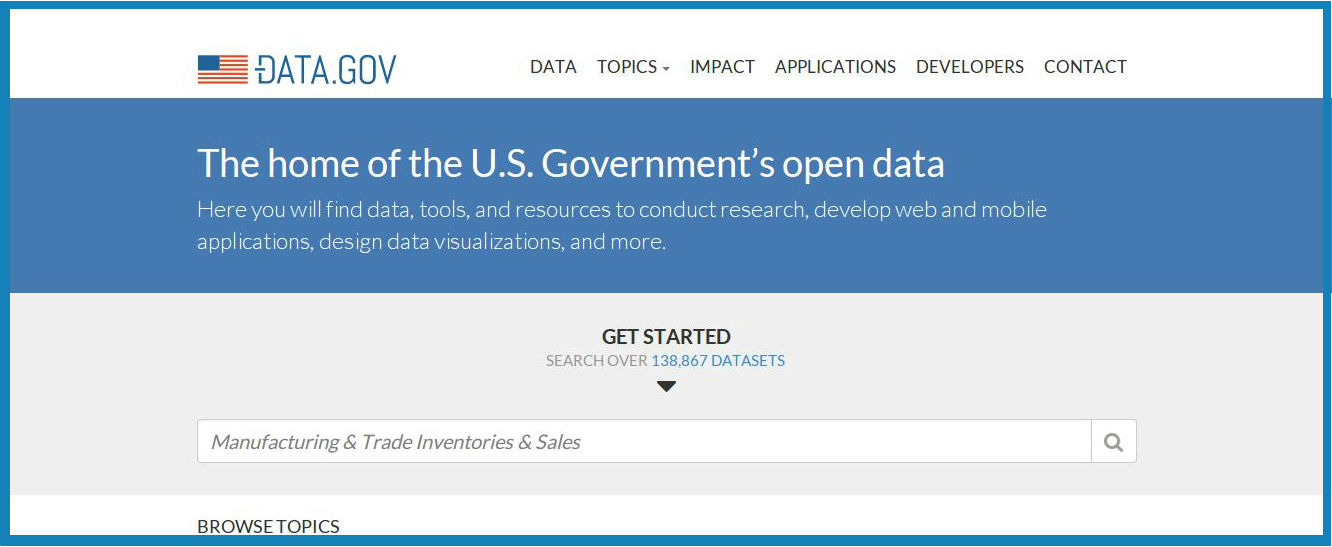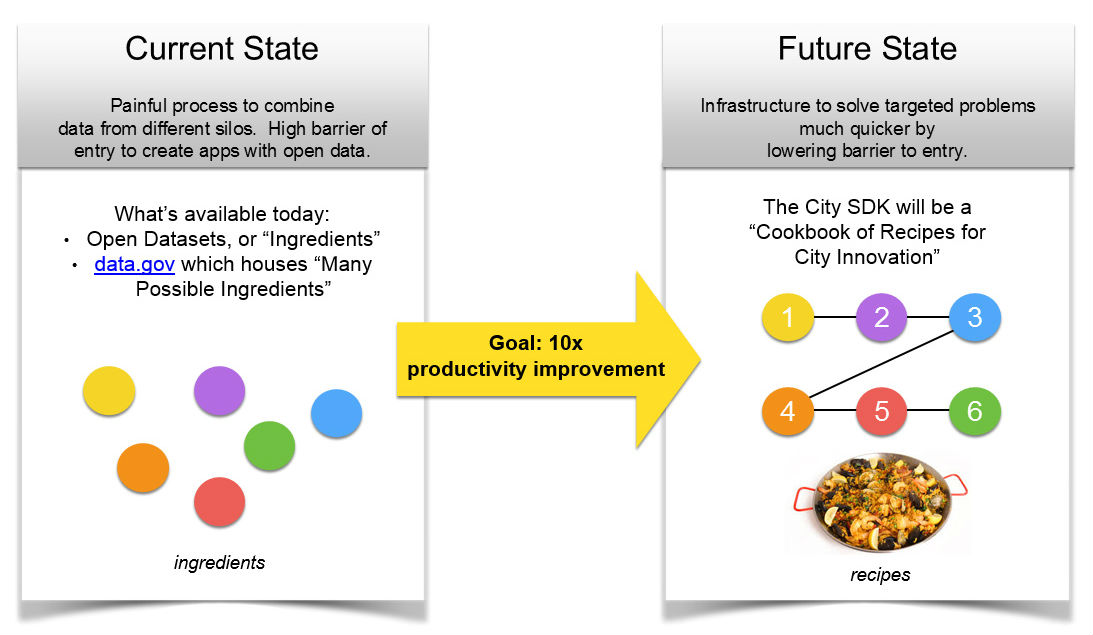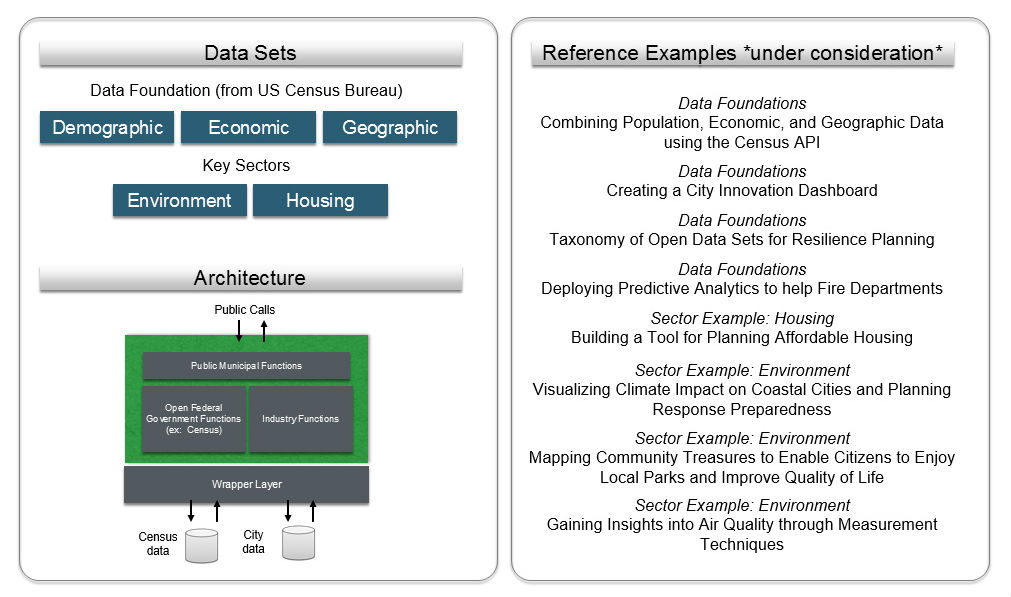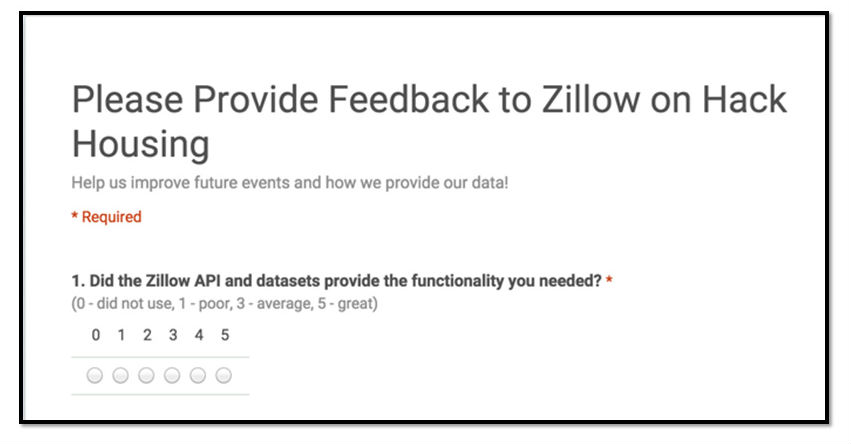
Purpose of the hackathon
The people HUD serves face a daunting task: finding a home that suits their needs in a program for which they qualify. As the Baby Boomer generation ages into retirement, the demand for living situations that meet the particular needs of older Americans is steadily increasing.
Older Americans want to live in their homes and communities safely, comfortably, and independently, regardless of decreased mobility, changing healthcare needs, and other challenges. HUD also subsidizes rent and utility costs for many lower-income families so that they can attain safe, decent housing.
Finding units in which they can use their housing subsidy, though, is a perennial problem for families with rental assistance, particularly in strong-market regions. The biggest barrier to “leasing up” for assisted families is finding a unit that is affordable given the housing assistance payment standards in their area. Both groups need simple, consumer-friendly solutions to narrow their options, find available units, submit necessary information and connect with service providers.
HUD, along with local housing authorities, health care and social service providers, has a strong interest in matching the people it serves with affordable, eligible units, particularly those in locations that give them the greatest chance of succeeding: neighborhoods with access to transit, local retail, good schools, social services, and employment opportunities. But people need better information about the availability of accessible units, access to social services and neighborhood amenities, and features that suit their individual needs—including wheelchair access, walking, and public transportation.

